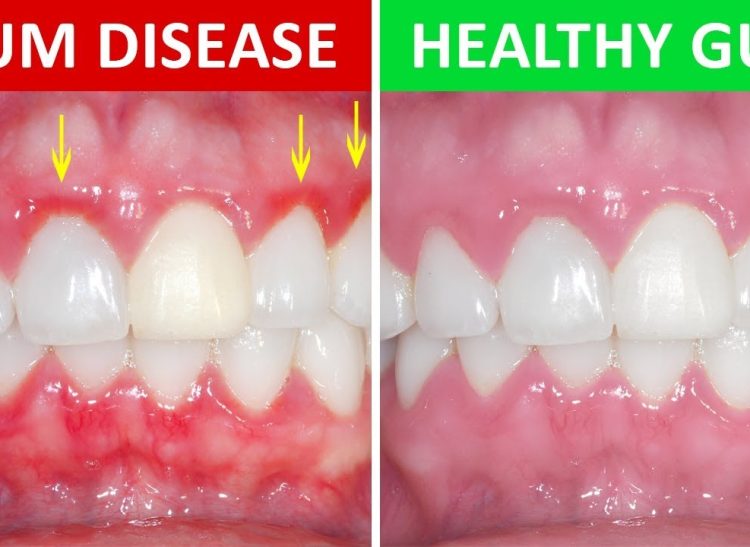
This is a non-surgical treatment that aims to remove plaque, sediments and calculus on the surfaces of teeth.
Plaque is a sticky coating on the teeth, usually white in color, that is formed by a mixture of food particles and saliva. The layer is removed on brushing and flossing.
Plaque hardens if it is not removed and becomes tartar, also known as dental calculus.if the plaque is not removed, minerals like calcium and sodium found in our diet are deposited on it leading to the formation of dental calculus.

Why Is Calculus Dangerous to Our Dental Health?
Once the hard layer of minerals is formed, it is difficult to brush these areas properly and more food particles accumulate onto these surfaces. The area also provides a good breeding area for bacteria.
The bacteria grow into bigger colonies since it is difficult to brush these areas and also the food particles that are stuck within the calculus provide nutrition necessary for their growth.
Eventually calculus can result in:
* Bad breath
* Gum disease
* Tooth decay(cavities)
* Loss of the bone supporting the tooth
* Bone infection
* Gum recession- as the calculus is growing bigger, it pushes the gum away from the teeth
Areas In the Mouth Where Calculus Is Found
Although we might be brushing and flossing our teeth twice daily as recommended by our dentists, there are some spots that are difficult to clean, like between our teeth.
In the mouth, we have numerous salivary glands. Areas where these glands open into the mouth are potential sites where calculus is likely to form because of the high calcium content in saliva. These include the upper second molar region and the area where the tongue rests. You will likely find calculus on the lower anterior (incisors) teeth on the lingual (tongue) side.
Areas In the Mouth Where Calculus Is Found
Although we might be brushing and flossing our teeth twice daily as recommended by our dentists, there are some spots that are difficult to clean, like between our teeth.
In the mouth, we have numerous salivary glands. Areas where these glands open into the mouth are potential sites where calculus is likely to form because of the high calcium content in saliva. These include the upper second molar region and the area where the tongue rests. You will likely find calculus on the lower anterior (incisors) teeth on the lingual (tongue) side.
What Does Full Mouth Scaling Entail?
Now that we have understood what calculus is and why it is bad for our oral health and where to find it, let’s get an understanding of how we remove it.
Scalers are used for this procedure. We have manual scalers and ultrasonic scalers.
The ultrasonic scaler is usually preferred because it is faster, therefore you experience less discomfort. When using a manual scaler, the dentist uses a hand instrument known as a curette and removes the tartar by hand.
An ultrasonic scaler uses water and vibration to remove particles from tooth surfaces. The procedure is pain free though it might feel uncomfortable due to the sound of the machine; this becomes more tolerable with time. The procedure lasts for 30-40 minutes depending on the amount of calculus that has accumulated. After scaling, the teeth are polished using a paste and you are good to go.
Frequently Asked Questions:
* Does the treatment cause teeth wear?
No, only the accumulated plaque is removed during the treatment. The dentist is very careful not to cause any harm to the tooth
* Does scaling cause widening of gaps between teeth?
Once the tartar is removed, it may appear as though the gaps between the teeth have become wider, but this is because the space that had been occupied by the tartar is free. This is seen in really bad cases of dental calculus because the gum had moved away from the teeth, a process known as gum recession.
* How long does the scaling procedure take?
The procedure usually takes 30-40 minutes depending on the amount of tartar present.
* What should I avoid after the scaling procedure?
Avoid brushing aggressively, be gentle while brushing preferably, use a soft brush. Bleeding during brushing is normal and can occur for 2-3 days.
You should also avoid taking spicy foods and taking very hot or very cold food and drinks. The gums might be quite sensitive after the procedure. This can last up to a few days after the procedure
* Are there any dangers that scaling poses to teeth and/or gums?
No, scaling is very beneficial to the teeth and gums. Scaling removes calculus that would have otherwise caused gum disease and tooth decay.
* Will my gums grow back after scaling?
Unfortunately no. However, the dentist can smoothen the roots which helps the gums to attach to the tooth. We advise that you use soft to medium toothbrushes and use light force when brushing.
In cases where there is extensive gum recession, gum grafting can be done. If the recession has led to bone loss, bone grafting is done. The dentist will advise you accordingly.
Conclusion
You should visit your dentist twice or at least once a year for scaling so as to prevent tooth decay, gum diseases, bone infections and other dental conditions which are much more expensive to treat. Remember to brush and floss your teeth twice daily to prevent calculus accumulation.











